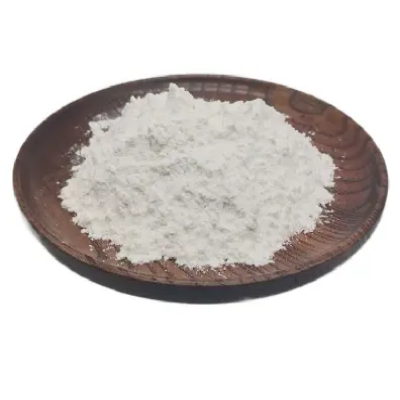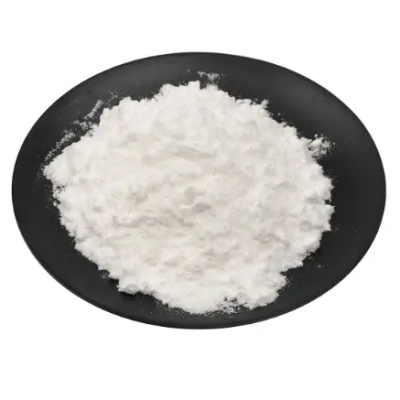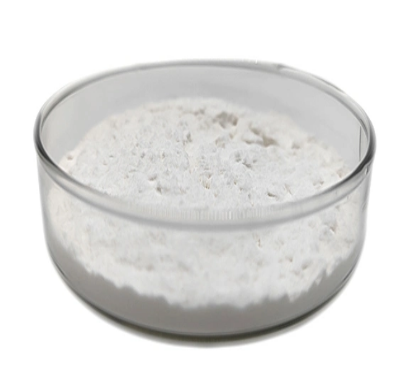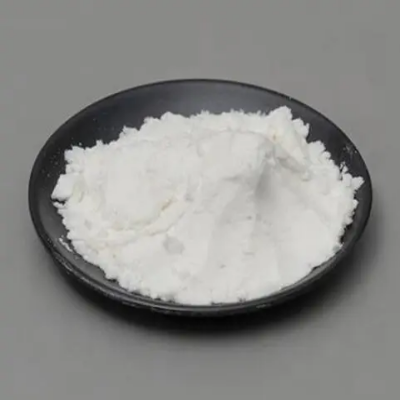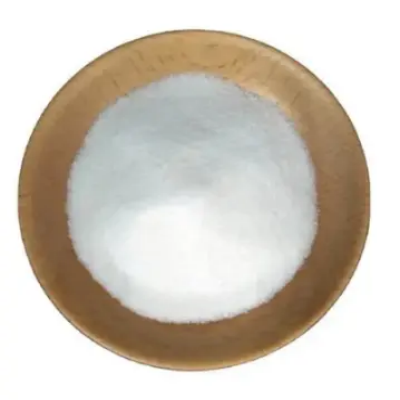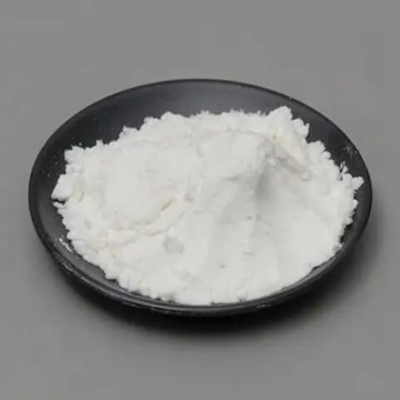vidarabine CAS:5536-17-4
Vidarabine (9-β-D-arabinofuranosyladenine or ara-A) is a nucleoside analog derived from adenosine, featuring an arabinofuranosyl sugar moiety instead of the conventional ribose. This structural modification enhances its efficacy against a range of viral pathogens by allowing for selective incorporation into nucleic acids. Vidarabine was one of the first antiviral agents developed and is particularly noted for its effectiveness against the herpes simplex virus (HSV) and varicella-zoster virus (VZV). The mechanism of action for vidarabine hinges on its ability to mimic natural nucleotides during the viral replication process. Once inside a host cell, vidarabine is phosphorylated to its active form, which then competes with deoxyadenosine triphosphate (dATP) for incorporation into the growing viral DNA or RNA strand. By substituting for dATP, vidarabine disrupts the synthesis of viral nucleic acids, ultimately leading to the termination of viral replication. This makes it particularly useful in treating severe cases of HSV keratitis and encephalitis. In addition to its antiviral properties, vidarabine has been studied for potential use in oncology. Its ability to inhibit DNA synthesis presents opportunities for targeting rapidly dividing cancer cells, although this application has not been extensively pursued in clinical practice. Despite its historical significance, the usage of vidarabine has declined with the advent of more potent and less toxic antiviral agents, such as acyclovir and famciclovir. However, vidarabine still holds value in certain clinical scenarios and continues to be a subject of research aimed at understanding its mechanisms and exploring new therapeutic applications. Overall, vidarabine exemplifies the role of nucleoside analogs in antiviral therapy and underscores the importance of ongoing research in optimizing antiviral strategies and addressing emerging viral threats. Its legacy persists in the context of virology and medicinal chemistry, reflecting the critical balance between innovation and therapeutic efficacy in drug development.



| Composition | C10H13N5O4 |
| Assay | 99% |
| Appearance | white powder |
| CAS No. | 5536-17-4 |
| Packing | Small and bulk |
| Shelf Life | 2 years |
| Storage | Store in cool and dry area |
| Certification | ISO. |




